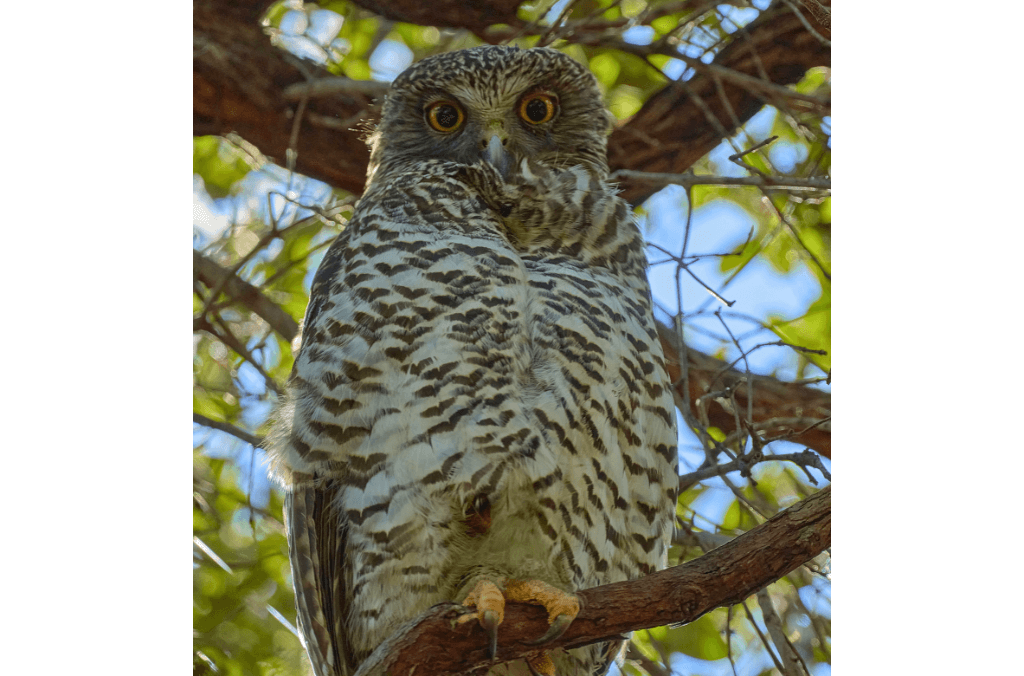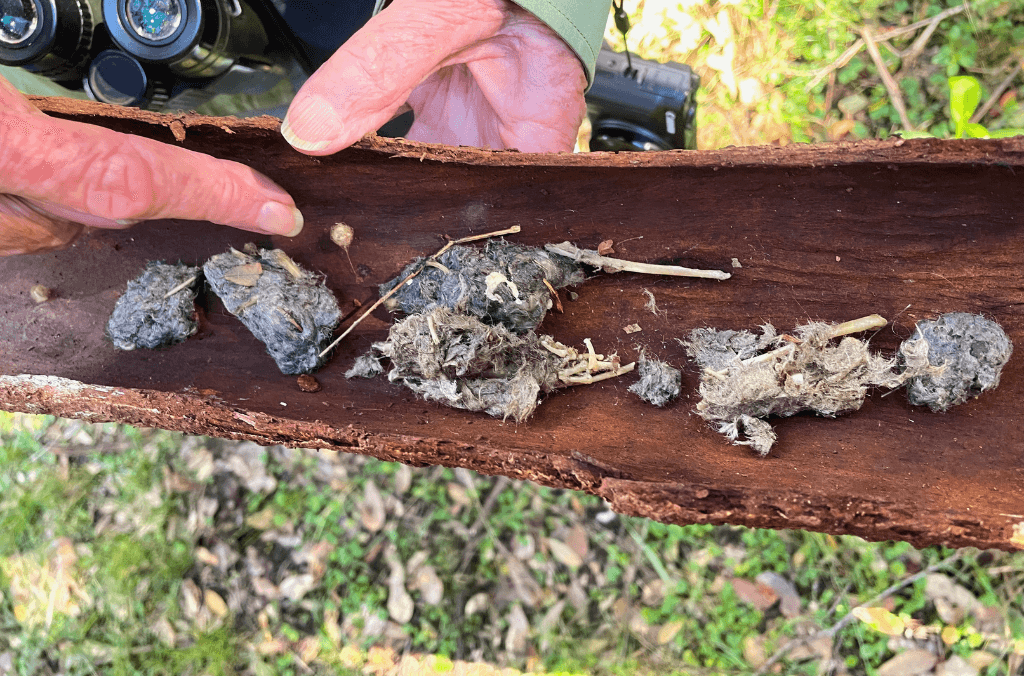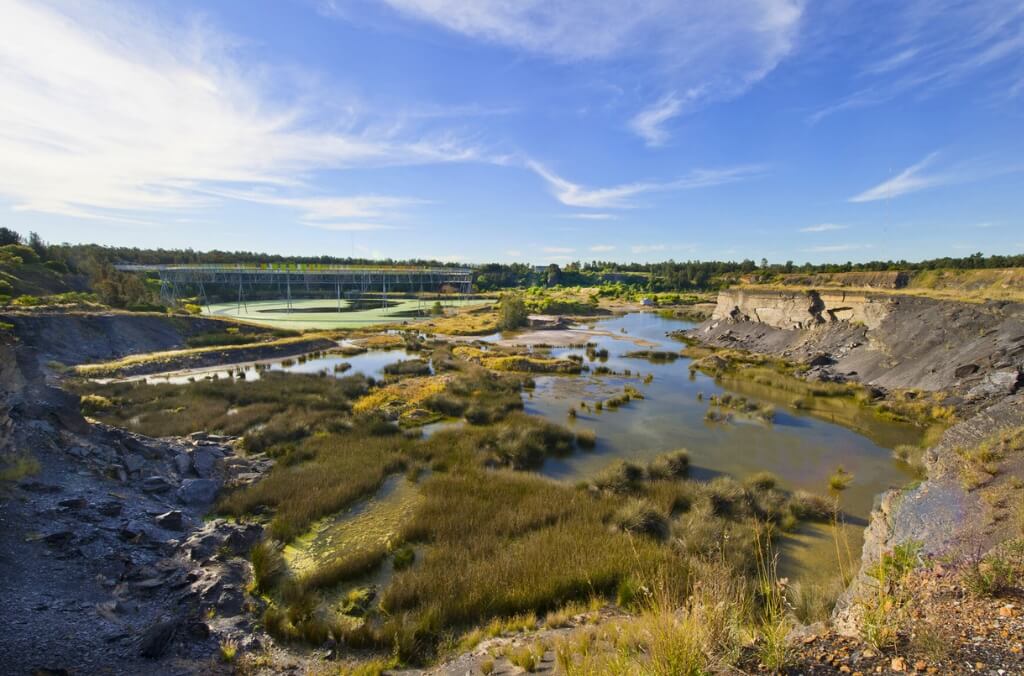Who goes ‘Hoot’ in the night?
Unless you’re a night-owl, you may not see the range of nocturnal wildlife that call Sydney Olympic Park home.
Unless you’re a night-owl, you may not see the range of nocturnal wildlife that call Sydney Olympic Park home.
Owls may make their presence known at night by making sounds to denote their territorial claim or communicate with a mate. Although not all species of owl necessarily ‘hoot’, listening to their distinct calls can help you identify who is up late at night. Let us introduce you to two of our resident owl species.
Eastern Barn Owl
The Eastern Barn Owl (Tyto javanica) is found throughout eastern Australia, but only where there is suitable habitat and food available. We are fortunate to manage spaces that provide this species what it needs!

Eastern Barn Owl seen in dense foliage at Wentworth Common © David Noble
This beautiful bird is a stealthy predator and generally quiet when hunting, but when calling commonly emit a rough, hissing screech: https://xeno-canto.org/692566
They are renowned for their exceptional hearing. The heart-shaped structure of their facial disc channels the slightest sound waves towards their ears, allowing the owl to pinpoint prey even in complete darkness.
The Eastern Barn Owl feeds mostly on small mammals, including the introduced House Mouse (Mus musculus), as well as other birds, and the occasional insect or lizard.
Eastern Barn Owl seen on camera, using its exceptional sight and hearing to find prey.
Powerful Owl
The Powerful Owl (Ninox stenua) is the largest of Australia’s owls, reaching 50-60cm in height, with a wingspan of up to 140cm. This species is listed as threatened in NSW, depending on remnant bushlands with hollow-bearing trees to nest.
Regular roost sites for this species have recently been reported in the forest of Newington Nature Reserve. They roost by day, perched in the dense shade of a tree, often with the previous night’s prey held in their talons; this is when Powerful Owls are seen most often.

Powerful Owl roosting by day © Chris Bruce
The Powerful Owl is a carnivore, eating mainly medium to large tree-dwelling mammals, particularly the Common Ringtail Possum.
When heard at night, this species commonly emits a deep, double hoot ‘woo-hoo’: https://xeno-canto.org/134386
Owls do not always call but they do produce pellets regularly; regurgitated balls of indigestible portions of their diet. Finding these balls of fur, feathers and bones is a good indication that an owl is present.

Pellets found at the base under the roosting branch of a Powerful Owl in Newington Nature Reserve.
You might also be interested in...


This week is Parks Week - a time of celebrating the incredible role parks and open space.


If you look closely, you may spot beautiful terrestrial orchids flowering at Sydney Olympic Park.


5 management actions carried out across the wetlands in the Park.